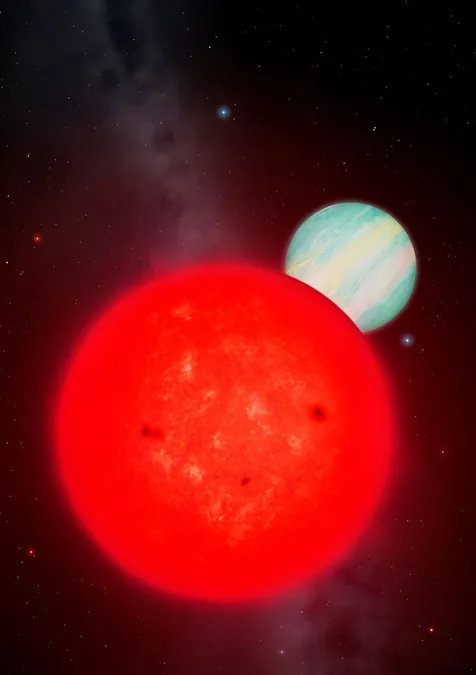
Astronomers Discover Cosmic Oddity: Giant Planet Around Tiny Star
2025-06-05
Author: Jacob
A Surprising Discovery in the Cosmos
In a jaw-dropping revelation, astronomers have stumbled upon a cosmic mismatch that has them scratching their heads: a massive planet orbiting a surprisingly small star. This discovery could turn our understanding of planetary formation on its head!
Meet TOI-6894: The Smallest Star Hosting a Major Planet
Located about 240 light-years away in the constellation Leo, the star, known as TOI-6894, is only a fifth the mass of our Sun. Conventional wisdom suggests that stars of this size are only capable of hosting smaller, Earth-like planets. But TOI-6894 defies these norms by being the smallest star ever discovered that is capable of hosting a gas giant, which is as big as Saturn!
Scientists Are Searching for Answers
"The question of how such a small star can support such a large planet is one that has yet to be answered," said Edward Bryant, an astronomer from the University of Warwick. The planet, classified as an exoplanet, is not just any planet; it’s a gas giant, much like Jupiter and Saturn in our solar system.
A Gas and Dust Mystery
Planetary formation typically begins in a vast cloud of gas and dust—known as a molecular cloud—that collapses to form a star. The remaining material forms a protoplanetary disk that can give birth to planets. However, smaller molecular clouds yield smaller stars, which in turn result in fewer resources for building large planets.
Vincent Van Eylen, an exoplanet scientist, explained, "In small dust and gas clouds, forming a giant planet is a challenge due to limited material and time before a star ignites. That means there may not be enough mass for rapid planet formation."
Rethinking Planet Formation Models
Remarkably, TOI-6894 is a red dwarf star—the smallest and most common type in our galaxy. While it is only about 21% the mass of the Sun and much dimmer (250 times less luminous), its ability to host a giant planet suggests that many more similar astronomical oddities may be lurking in our galaxy.
Swift Orbits and Surprising Dimensions
The giant planet orbits its star at an astonishingly close distance—approximately 40 times closer than Earth is to the Sun—completing its orbit every three days. This proximity results in high surface temperatures, though it is cooler than many gas giants known as "hot Jupiters" that orbit larger stars.
This planet's diameter falls between that of Saturn and Jupiter, with a mass of about 56% that of Saturn and 17% that of Jupiter, making it less dense than both.
Looking Ahead: Future Research with James Webb
Using data collected from NASA’s Transiting Exoplanet Survey Satellite (TESS) and the European Southern Observatory’s Very Large Telescope, researchers are eager to deepen their understanding of this unusual planet. Future observations with the James Webb Space Telescope are planned to further explore its composition.
Bryant anticipates, "We expect it to have a massive core surrounded by a gaseous envelope rich in hydrogen and helium." The cosmos never ceases to amaze, and this discovery certainly paves the way for new questions about our universe!
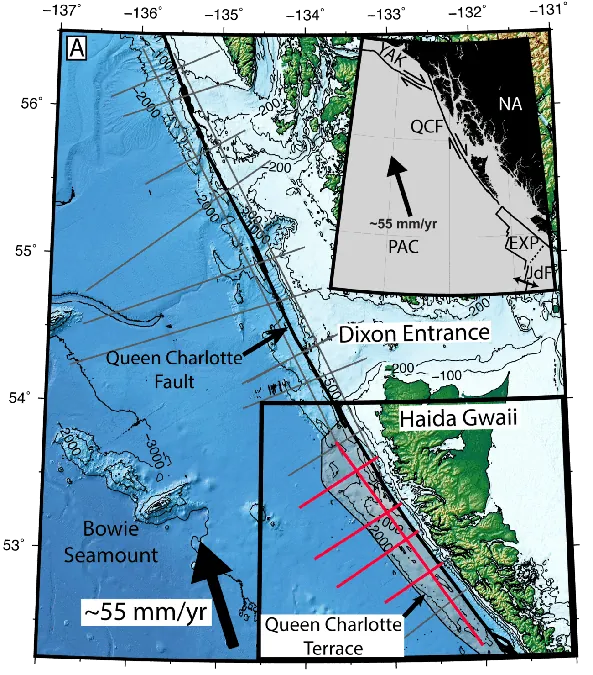
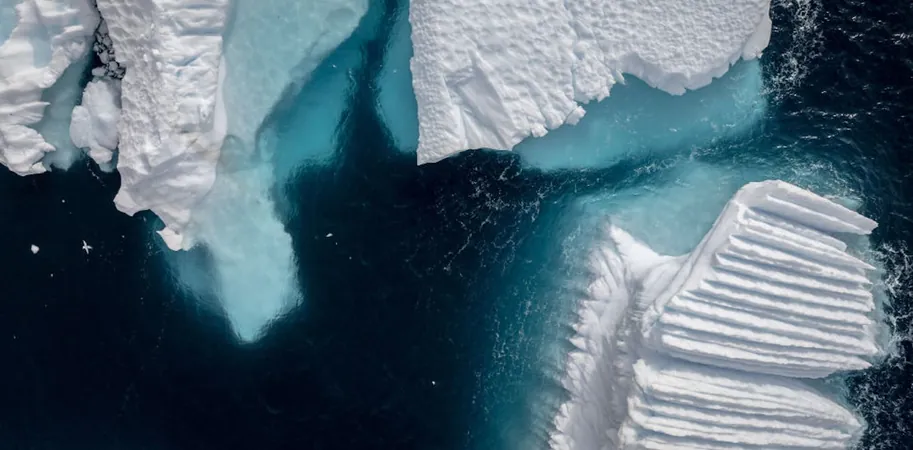




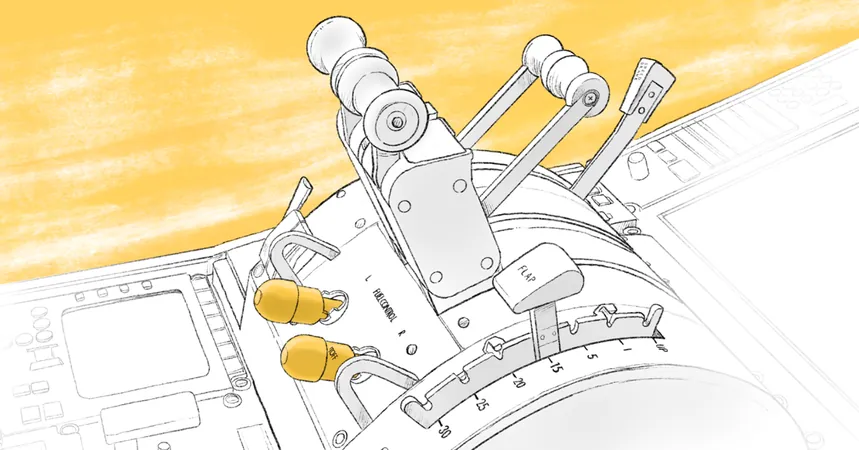

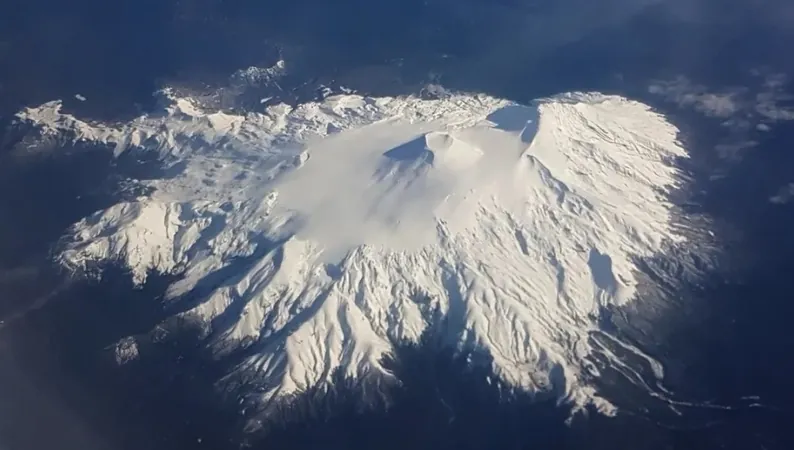
 Brasil (PT)
Brasil (PT)
 Canada (EN)
Canada (EN)
 Chile (ES)
Chile (ES)
 Česko (CS)
Česko (CS)
 대한민국 (KO)
대한민국 (KO)
 España (ES)
España (ES)
 France (FR)
France (FR)
 Hong Kong (EN)
Hong Kong (EN)
 Italia (IT)
Italia (IT)
 日本 (JA)
日本 (JA)
 Magyarország (HU)
Magyarország (HU)
 Norge (NO)
Norge (NO)
 Polska (PL)
Polska (PL)
 Schweiz (DE)
Schweiz (DE)
 Singapore (EN)
Singapore (EN)
 Sverige (SV)
Sverige (SV)
 Suomi (FI)
Suomi (FI)
 Türkiye (TR)
Türkiye (TR)
 الإمارات العربية المتحدة (AR)
الإمارات العربية المتحدة (AR)